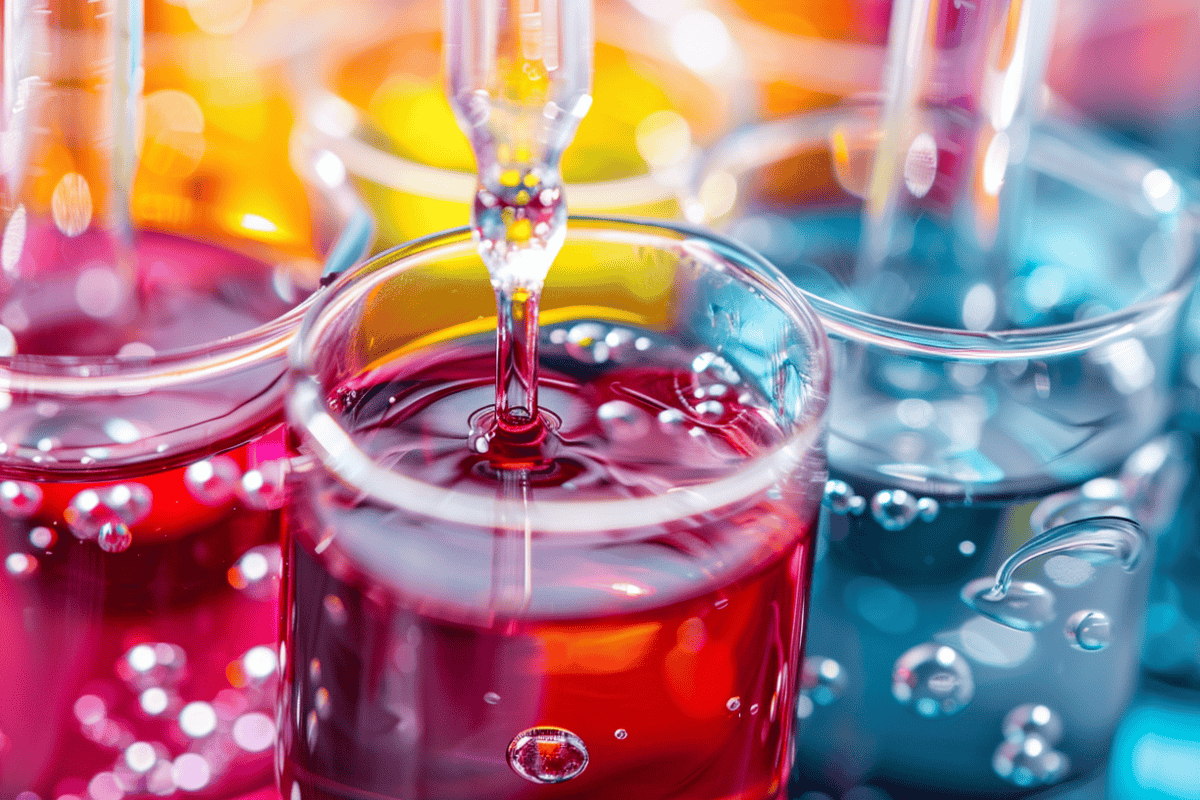In today’s world, people are constantly looking for ways to enhance their appearance. However, not everyone is willing to go under the knife to achieve their desired look. That’s where non-invasive beauty enhancements come in. These treatments are a great alternative to invasive procedures, as they do not involve any incisions or general anesthesia. With so many options available, it can be overwhelming to choose the right one for you. That’s why we’ve put together the ultimate guide to non-invasive beauty enhancements. In this guide, we’ll explore the most popular treatments, their benefits, and what you can expect during and after the procedure. Whether you’re looking to get rid of fine lines and wrinkles, enhance your lips, or improve your skin’s texture, this guide has got you covered. So, let’s dive in and discover the world of non-invasive beauty enhancements!
Benefits of Non-Invasive Beauty Enhancements
The benefits of non-invasive beauty enhancements are numerous. First and foremost, they are less invasive than traditional surgical procedures, which means less downtime and a quicker recovery time. Non-invasive treatments are also less risky, as they do not require general anesthesia or involve incisions, which can lead to scarring and infection.
Another benefit of non-invasive beauty enhancements is that they can be used to target specific problem areas. For example, if you’re looking to get rid of fine lines and wrinkles around your eyes, Botox or fillers may be the ideal solution. Or, if you’re looking to enhance your lips, dermal fillers can be used to add volume and definition.
Non-invasive treatments are also becoming increasingly popular because they are more affordable than traditional surgical procedures. Most treatments can be completed in a single session, which means you can achieve your desired look without breaking the bank.
Types of Non-Invasive Beauty Enhancements
There are several types of non-invasive beauty enhancements that are available today. These include Botox, fillers, laser treatments, and laser hair removal.
Botox is a popular non-invasive treatment that is used to reduce the appearance of fine lines and wrinkles. It works by blocking the signals that cause muscle contractions, which leads to smoother, more youthful-looking skin. Botox is typically injected into the targeted area using a fine needle, and the effects can last for up to six months.
Dermal fillers are another popular non-invasive treatment that can be used to enhance your appearance. They are typically made from hyaluronic acid, which is a natural substance that is found in the body. Fillers can be used to add volume and definition to your lips, cheeks, and other areas of the face. The effects of fillers can last for up to a year or more, depending on the type of filler used.
Laser treatments are another popular non-invasive option. They can be used to treat a variety of skin conditions, including acne, rosacea, and sun damage. The laser works by targeting the specific area of the skin, which stimulates the production of collagen and elastin, two essential proteins that help to keep your skin looking youthful and healthy. With a team of qualified experts, you can be sure to get the most out of your next med spa experience.
Finally, laser hair removal is a popular non-invasive treatment that can be used to remove unwanted hair from various parts of the body. It works by targeting the melanin in the hair follicles, which destroys them and prevents regrowth. Most people require several sessions to get the desired results, but the effects can last for several years.
Safety Considerations
Non-invasive beauty enhancements are generally safe, but like any medical procedure, there are potential risks and side effects. It’s important to choose a qualified and experienced provider who can help you understand the potential risks and benefits of each treatment.
Some of the most common side effects of non-invasive beauty enhancements include redness, swelling, and bruising. These are typically mild and resolve on their own within a few days. More serious side effects, such as infection or allergic reactions, are rare but can occur if proper precautions are not taken.
It’s also important to note that not everyone is a good candidate for non-invasive beauty enhancements. If you have certain medical conditions or are taking certain medications, you may not be able to undergo certain treatments. Your provider will be able to help you determine if a particular treatment is right for you.
Finding the Right Provider for Your Non-Invasive Beauty Enhancement Needs
Finding the right provider for your non-invasive beauty enhancement needs is essential. You want to choose someone who is experienced, qualified, and can help you achieve your desired results. Here are some tips to help you find the right provider:
- Do your research: Look for providers who are certified and have experience in the specific treatment you’re interested in.
- Check reviews: Look for reviews and testimonials from other patients to get an idea of their experience with the provider.
- Ask questions: Don’t be afraid to ask questions about the treatment, the provider’s experience, and the potential risks and benefits.
Preparing for Your Procedure
Preparing for your non-invasive beauty enhancement procedure is essential to ensure that you get the best possible results. Here are some tips to help you prepare:
- Follow your provider’s instructions: Your provider will give you specific instructions on how to prepare for your treatment. Make sure you follow them carefully.
- Avoid certain medications: Certain medications, such as blood thinners and aspirin, can increase your risk of bleeding and bruising. Make sure you let your provider know about any medications you’re taking.
- Avoid alcohol and smoking: Alcohol and smoking can interfere with your body’s ability to heal, so it’s best to avoid them before and after your treatment.
Recovery and Aftercare
The recovery and aftercare for non-invasive beauty enhancements will depend on the specific treatment you undergo. In general, you should expect some mild swelling and redness in the treated area, which should subside within a few days.
Your provider will give you specific instructions on how to care for the treated area after your procedure. This may include avoiding certain activities, such as exercise or sun exposure, for a period of time.
It’s also important to attend any follow-up appointments with your provider to ensure that you’re healing properly and to address any concerns or issues that may arise.
Frequently Asked Questions
Here are some frequently asked questions about non-invasive beauty enhancements:
Q: What is the difference between Botox and fillers? A: Botox works by blocking the signals that cause muscle contractions, which leads to smoother, more youthful-looking skin. Fillers, on the other hand, are used to add volume and definition to your lips, cheeks, and other areas of the face.
Q: How long do the effects of non-invasive beauty enhancements last? A: The effects of non-invasive beauty enhancements can vary depending on the specific treatment and the individual. In general, Botox can last for up to six months, while fillers can last for up to a year or more.
Q: Are non-invasive beauty enhancements painful? A: Non-invasive beauty enhancements are typically not painful, although you may experience some mild discomfort during the procedure.
Q: Can anyone undergo non-invasive beauty enhancements? A: Not everyone is a good candidate for non-invasive beauty enhancements. Your provider will be able to help you determine if a particular treatment is right for you.
Non-Invasive Beauty Enhancement Trends to Watch
Non-invasive beauty enhancement trends are constantly evolving, and there are several new treatments that are gaining popularity. One of the most exciting trends is the use of regenerative medicine, which involves using your body’s own cells to promote healing and rejuvenation.
Another trend to watch is the use of new technology, such as radiofrequency and ultrasound, to stimulate collagen production and improve skin texture.
This is a sponsored post
Digital Health Buzz!
Digital Health Buzz! aims to be the destination of choice when it comes to what’s happening in the digital health world. We are not about news and views, but informative articles and thoughts to apply in your business.


